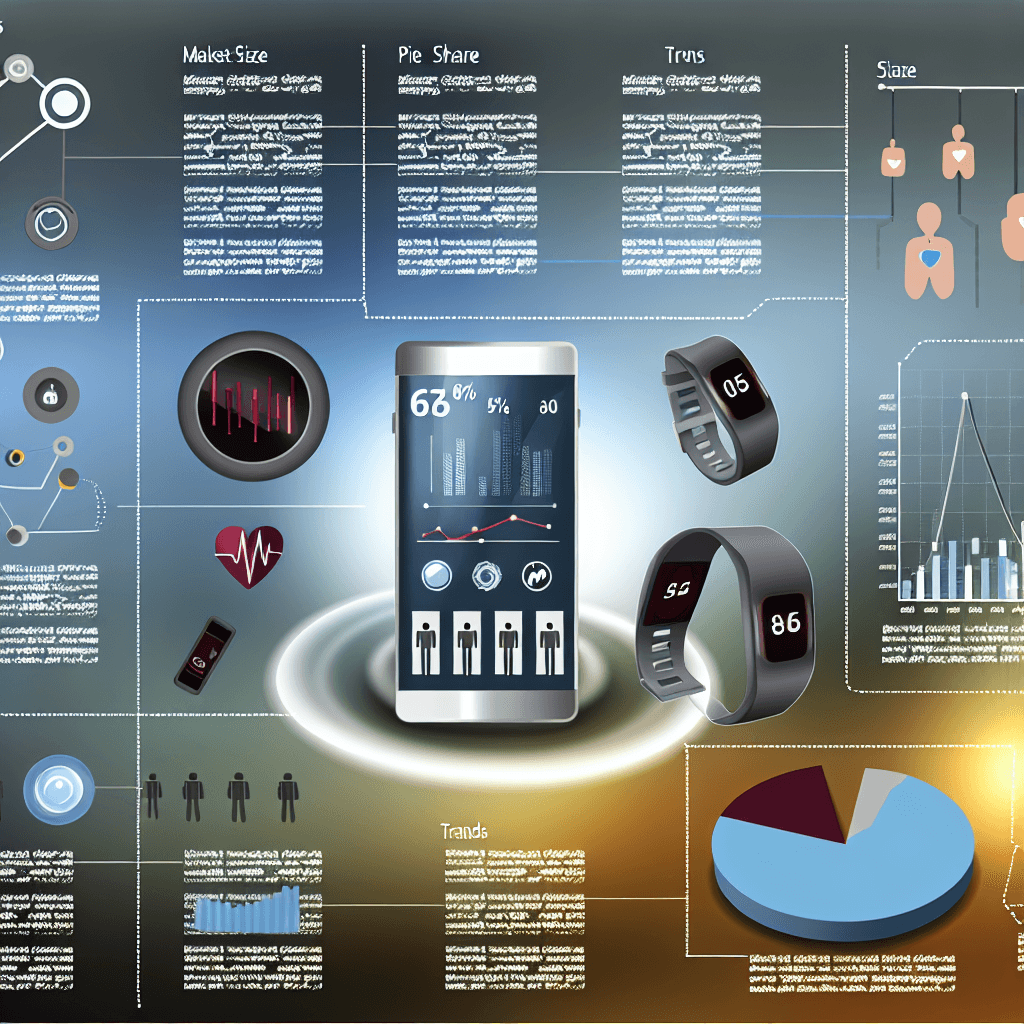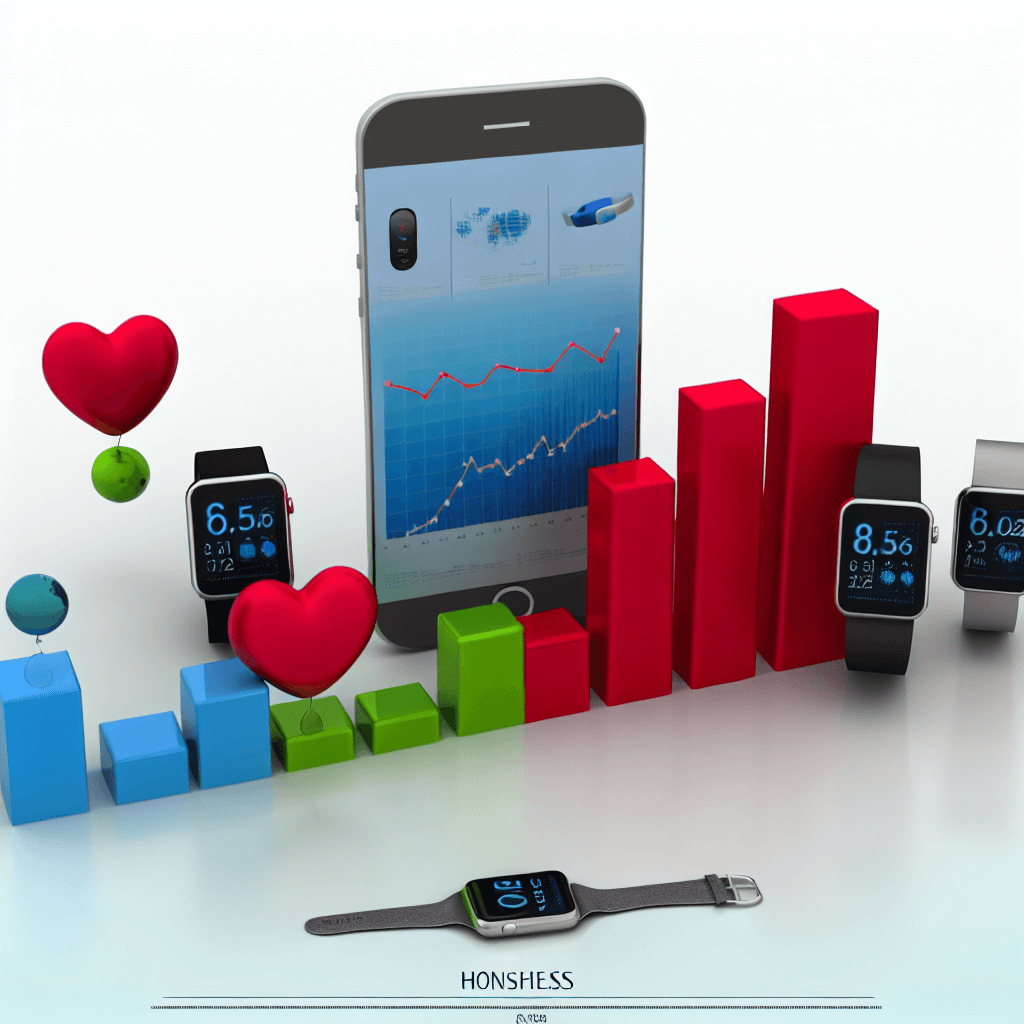Explore the Mobile Health and Fitness Sensors Market: size, share, trends, and forecasts. Get key insights and growth opportunities.
Mobile Health and Fitness Sensors Market Size, Share, Trends & Forecast

Table of Contents
Mobile Health and Fitness Sensors Market Size, Share, Trends & Forecast

The mobile health and fitness sensors market is a rapidly evolving sector, driven by technological advancements and increasing health consciousness among consumers worldwide. This article delves into the current market size, shares, trends, and future forecasts, providing a comprehensive overview of the landscape.
Introduction to Mobile Health and Fitness Sensors
Mobile health (mHealth) and fitness sensors are devices used to monitor various health parameters such as heart rate, blood pressure, and physical activity. These sensors are integrated into wearable devices like smartwatches and fitness bands, as well as into mobile phones and other portable devices. The data collected by these sensors is used to provide users with insights into their health and fitness levels, enabling better health management and lifestyle choices.
Current Market Size and Share
The global market for mobile health and fitness sensors has seen significant growth in recent years. According to a report by Grand View Research, the market was valued at approximately USD 20 billion in 2022 and is expected to continue its upward trajectory.
- North America holds the largest market share, attributed to high health awareness and the presence of key market players.
- Asia-Pacific is projected to witness the fastest growth due to increasing smartphone penetration and rising health consciousness among the population.
Key Trends Influencing the Market
Several trends are shaping the future of the mobile health and fitness sensors market:
- Integration of AI and Machine Learning: Advanced algorithms are being used to analyze data collected by sensors, providing more accurate and personalized health insights.
- Increasing Adoption of Wearables: As wearable technology becomes more sophisticated and user-friendly, more consumers are adopting these devices for health monitoring.
- Focus on Preventive Healthcare: There is a growing emphasis on preventive healthcare measures, which drives demand for continuous health monitoring through sensors.
Impact of COVID-19 on the Market
The COVID-19 pandemic has significantly impacted the mobile health and fitness sensors market. With an increased focus on health monitoring, particularly for symptoms related to COVID-19, there has been a surge in demand for devices equipped with health and fitness sensors.
- Telehealth and remote patient monitoring have become more prevalent, further driving the market.
- Supply chain disruptions were initially a challenge, but the market has since begun to stabilize.
Future Market Forecast
Looking ahead, the market for mobile health and fitness sensors is expected to grow at a compound annual growth rate (CAGR) of around 18% from 2023 to 2030. This growth is supported by continuous technological innovations and an increasing focus on personal health and fitness.
Case Studies
Several case studies highlight the impact and potential of mobile health and fitness sensors:
- Case Study 1: A leading tech company introduced a smartwatch that uses advanced sensors to detect heart irregularities, potentially saving lives by alerting users to seek medical advice.
- Case Study 2: A fitness app company utilized motion sensors in smartphones to create personalized workout plans based on user activity, significantly increasing user engagement and satisfaction.
Challenges and Opportunities
While the market is poised for growth, there are several challenges and opportunities that stakeholders need to address:
- Data Privacy and Security: Ensuring the privacy and security of health data collected by sensors is paramount to maintaining consumer trust.
- Regulatory Compliance: Companies must navigate complex regulatory landscapes to ensure their products meet all legal requirements.
- Technological Advancements: Continuous innovation is necessary to stay competitive in this fast-paced market.
Conclusion
The mobile health and fitness sensors market is at an exciting juncture, with significant growth prospects fueled by technological advancements and a shift towards preventive healthcare. As the market continues to evolve, companies that can innovate while addressing challenges such as data security and regulatory compliance are likely to emerge as leaders. With the right strategies, the potential for these sensors to enhance health outcomes and improve quality of life is immense.
In summary, the future of the mobile health and fitness sensors market looks promising, with ample opportunities for growth and innovation. Stakeholders in the industry should focus on leveraging emerging trends and overcoming challenges to capitalize on the potential of this dynamic market.








